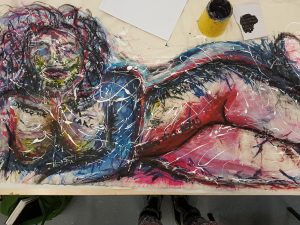https://drive.google.com/file/d/101VoWtQMSDBaF1mp7Oyzh15xL7O96788/view?usp=sharing
I have appropriated someone else’s song in order to create my own film. To view the film, click the link above.
I filmed all of the footage for this project before I even decided what I wanted the sound to consist of. I felt uncomfortable appropriating someone else’s work in my film but due to the approaching deadline I didn’t have much scope for other options. I have also put my own sounds over the top, and cut a few bars out of the middle section of the song to allow the film to be shorter. The fantastic thing about using a pre made song was that I was able to use it as a structure. As my film has no particular narrative, the song was an integral framework for my editing. In the context of this first film I think it is justified as I don’t intend to use it for commercial purposes. I plan to make another, longer film with more of the footage I didn’t use for this initial one and I will avoid using someone else’s music because apart from the fact that getting copy rights can be a difficult process, I like the idea that the whole thing is my own intellectual property. My view is that I wouldn’t want someone else to use my work and take the creative credit for it, and therefore in this instance I feel uncomfortable doing the same thing to someone else.

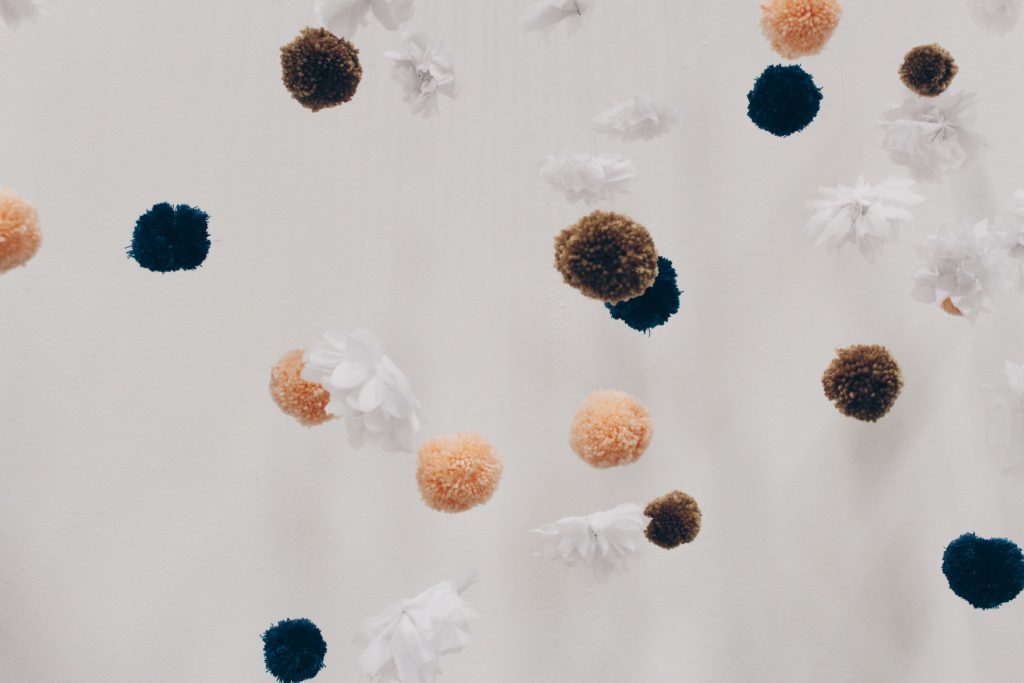
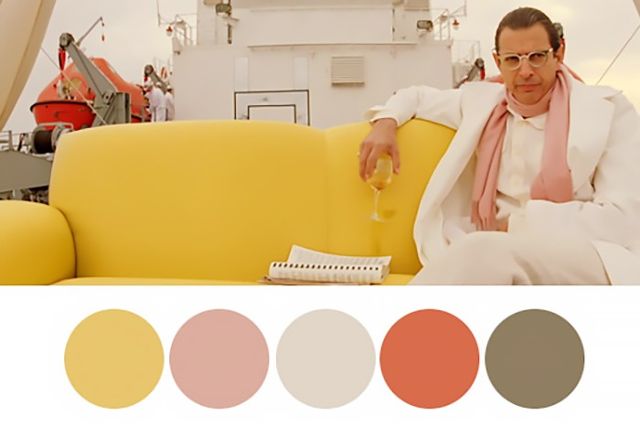
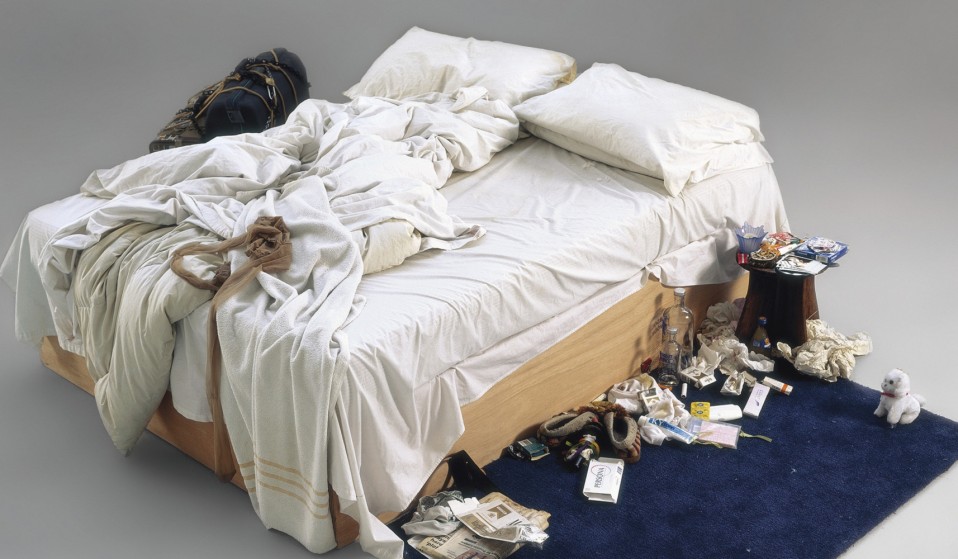
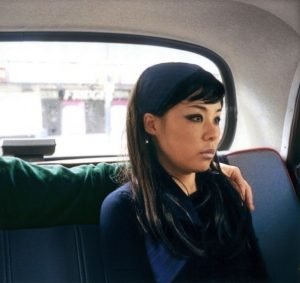
 Chicago Board of Trade || 1999
Chicago Board of Trade || 1999